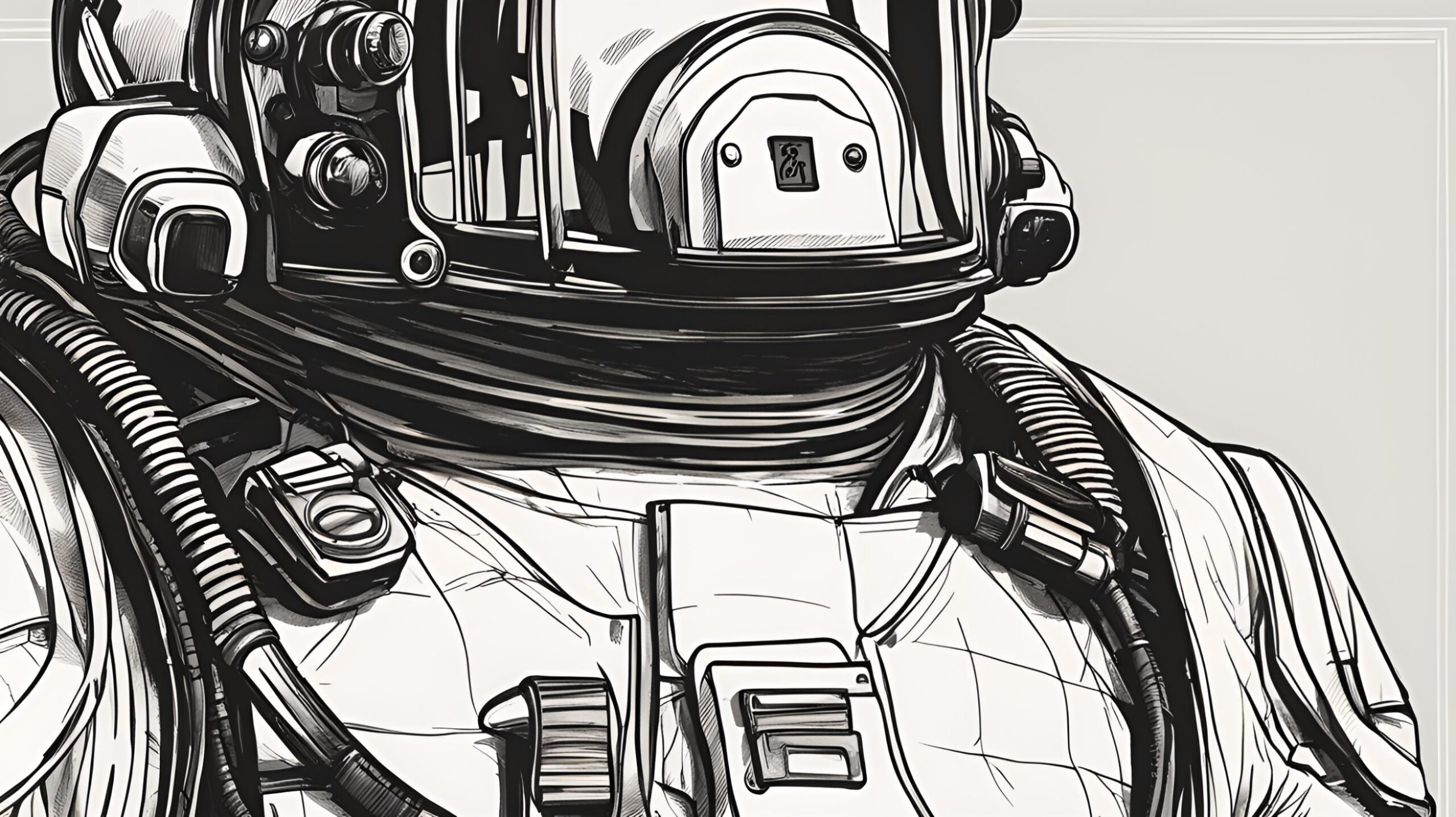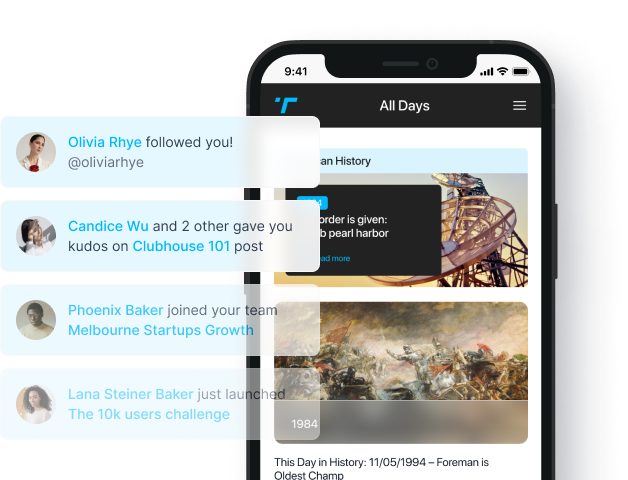Flashback to June 14
American History

June 14, 1881, marked a significant milestone in the history of music and technology with the patenting of the player piano by John McTammany, Jr, in Cambridge, Massachusetts. This revolutionary invention combined the art of piano playing with the advancements in mechanical engineering, forever changing the way we experience and enjoy music.
The player piano, also known as a pianola or an automatic piano, is a self-playing instrument that utilizes a system of perforated paper rolls and pneumatics to replicate the sound and performance of a pianist. McTammany’s patent was a breakthrough that allowed the piano to play music without human intervention, captivating audiences with its ability to reproduce complex compositions flawlessly.
The concept of a self-playing musical instrument had been explored before McTammany’s invention, but it was his patent that truly revolutionized the field. His design featured a mechanism that could be retrofitted to existing pianos, making it accessible to a wider audience. This accessibility played a crucial role in popularizing the player piano, as households and public venues around the world embraced this new form of entertainment.
One of the primary advantages of the player piano was its ability to replicate the playing style of some of the greatest pianists of the time. Rolls were created by recording the performances of professional musicians, capturing their nuances and interpretations. As a result, people could enjoy the music of renowned pianists in the comfort of their own homes, even if they did not possess the same level of skill.
The player piano also provided a platform for composers to experiment and push the boundaries of music. With the ability to control the tempo and dynamics of the playback, composers were able to showcase their compositions in entirely new ways. This led to the development of a vast library of piano rolls, featuring not only classical pieces but also popular music of the time.
The popularity of the player piano continued to grow throughout the late 19th and early 20th centuries. Its influence extended beyond musical entertainment, as it became a staple in saloons, parlors, and dance halls, adding a lively atmosphere to social gatherings.
As with any groundbreaking invention, the player piano faced its fair share of critics and skeptics. Some argued that it diminished the artistry of live performances, reducing pianists to mere spectators. Others contended that it devalued the craftsmanship of handmade instruments. However, it is important to recognize that the player piano was not intended to replace human musicians but rather to serve as a complementary form of musical expression.
In the years that followed McTammany’s patent, advancements in technology further enhanced the capabilities of player pianos. The introduction of electrically operated instruments and later digital systems allowed for greater control and precision in the replication of music.
Although the player piano eventually declined in popularity as other forms of entertainment emerged, its impact on music history remains significant. It laid the foundation for the development of other automated musical instruments and set the stage for future innovations in the field of technology and music.
Today, we can still appreciate the legacy of the player piano through recordings and replicas of these historic instruments. As we reflect on the patenting of the player piano by John McTammany, Jr, on June 14, 1881, we acknowledge its role in shaping the way we listen to and interact with music. This technological marvel continues to inspire musicians, inventors, and enthusiasts alike, reminding us of the profound impact that a single invention can have on the world.
We strive for accuracy. If you see something that doesn't look right, click here to contact us!
Sponsored Content

Hardhat diving suit patented…
On June 14, 1834,…

A weeklong product tampering…
On 6/14/1993, customers in…

UNIVAC I is dedicated…
On June 14, 1951,…

Player piano patented by…
On June 14, 1881,…

Chlorophyll patented by Benjamin…
On June 14, 1938,…

